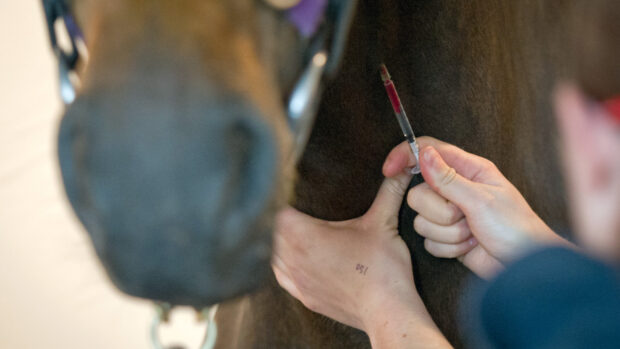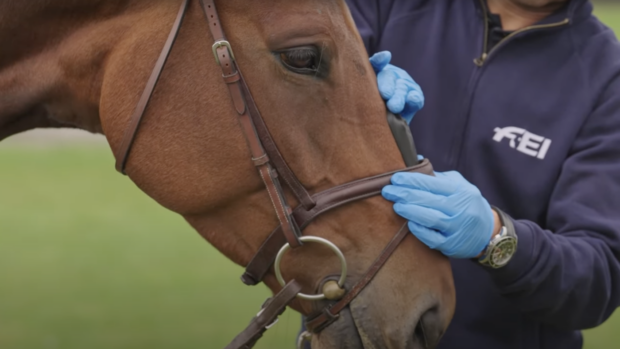Top-level female showjumpers who want to start a family will no longer be compelled to choose between children and career due to a new maternity scheme.
The governing body for horse sport, the FEI, has decided to freeze the Rolex rankings points — the world rankings system for showjumping — for riders on maternity leave, starting this month. Points are amassed month-by-month over 12 months.
British showjumper Tina Fletcher, who has two children, told H&H: “I think it’s an excellent idea for women. It definitely helps as those with children are at a slight disadvantage. It won’t affect many people, but the few it will affect will be very happy.”
A rider’s position will naturally drop during their absence from the sport, but instead of having to climb the whole way back on their return, the rider will now get back 50% of the points they had at their last competition before having a baby.
Meredith Michaels-Beerbaum is the first rider to benefit. The American-born German was in fourth place on the leader board when she stopped riding in September to give birth to daughter Brianne Victoria on 27 February.
She plans to return to competition at Hagen, Germany (21-25 April). She has now moved up from 31st to 20th position thanks to the freeze.
“Meredith had 2,881 [points] at the end of September when she stopped riding. Now, under the new system with the 50% reinstatement of points, she has 2,326,” said an FEI spokesman.
“This is great news for all female jumping riders,” said Meredith. “It means we can take time out from competition to have a baby and not lose all our Rolex rankings points while we’re off the circuit.
“It’s a really proactive move by the FEI and, as far as I know, they are the first international governing body to do something like this.”
Sven Holmberg, FEI chairman of the jumping committee, told H&H: “The idea has been in the pipeline for about two years, but there was a lot to research.
“Riders must inform us of when they want to leave the circuit and when they want to return. We haven’t had much response to it yet, but it’s a big step forward for female riders in the sport.”
This article was first published in Horse & Hound (22 April, 10)




